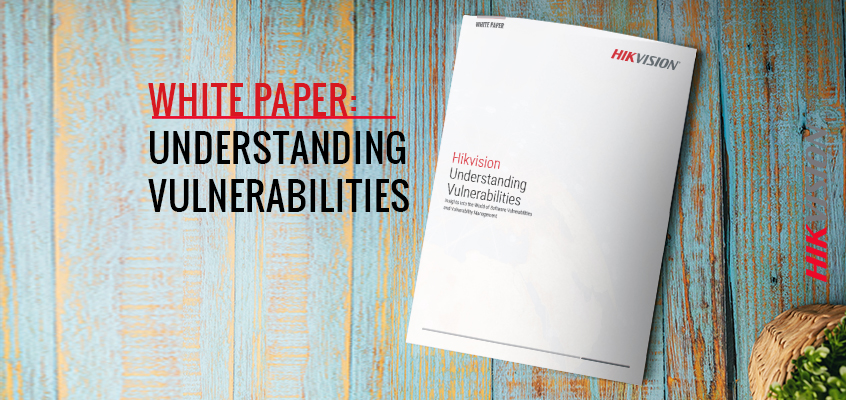Cybersecurity: Roles and Responsibilities in the Vulnerability Management Process

As we discussed in our recent white paper, “Understanding Vulnerabilities,” following the various stages of the vulnerability disclosure process helps ensure cybersecurity for end users and the integrity of software and technology. It’s important that each participant in the process understands their role and responsibilities.
Security researchers, an important part of the vulnerability management ecosystem, use their skills and tools to find vulnerabilities in software and work with vendors to ensure that patches are effective and made available to end users. For a seamless disclosure process, researchers should work closely and coordinate with vendors so they can communicate with end users and release patches in a timely manner.
Software vendors have three primary responsibilities:
- Building in security to products or software.
- Responding to the discovery of vulnerabilities or risks.
- Ensuring that patches and remedies are quickly and clearly communicated and made available to end users.
End users have two basic responsibilities: securing the networks they use and employing simple practices to ensure the security of their systems. Systems should generally be placed behind a firewall and VPNs should be used to keep systems from being directly accessible from the internet. End users should use strong passwords and a password manager, use multi-factor authentication whenever possible, and patch their systems quickly and regularly.
Global organizations that understand their role in the vulnerability management and disclosure process can provide greater transparency and foster better security across their enterprise and the internet at large.
Download our white paper to read more about vulnerability management. Visit the Hikvision online Cybersecurity Center for additional resources.
